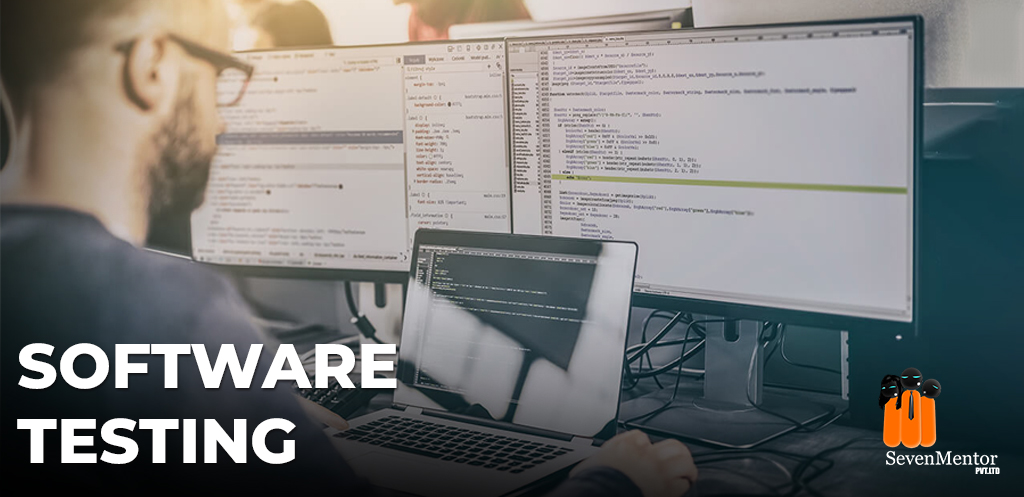In the dynamic world of software development, ensuring the quality and reliability of applications is paramount. One key methodology that aids in achieving this goal is the Software Testing Life Cycle (STLC). In this comprehensive guide, we’ll explore the various phases of the STLC, their significance, and how they contribute to delivering high-quality software.
Phase 1: Requirement Analysis
At the inception of the Software Testing Life Cycle, the testing team collaborates closely with stakeholders to understand and analyze project requirements. This phase establishes the foundation for crafting effective test cases aligned with the software specifications. By gaining a comprehensive understanding of user needs, the testing team lays the groundwork for a robust testing strategy.
Phase 2: Test Planning
With a clear understanding of requirements, the testing team formulates a detailed test plan. This document outlines the testing approach, scope, objectives, resources, schedule, and deliverables. A well-crafted test plan serves as a roadmap, guiding the testing team throughout the software development life cycle.
Phase 3: Test Case Development
In this phase, the focus shifts to creating detailed test cases based on the requirements outlined earlier. Test cases serve as the executable documentation for the testing process, providing step-by-step instructions for validating the functionality of the software. Attention to detail and thoroughness are key during this stage to ensure comprehensive test coverage.
Phase 4: Environment Setup
A crucial aspect of successful testing is establishing a suitable testing environment. This includes configuring hardware, software, and network setups to mimic the production environment as closely as possible. A well-prepared testing environment contributes to the accuracy and reliability of test results.
Phase 5: Test Execution
With test cases in hand and the testing environment set up, the testing team executes the test cases systematically. Testers interact with the software, input data, and observe the outcomes. Any deviations from expected results are meticulously documented as defects for further analysis and resolution.
Phase 6: Defect Reporting and Tracking
Defects uncovered during test execution are reported in this phase. Each defect is documented with detailed information, including steps to reproduce, severity, and priority. A defect tracking system is employed to monitor the status of each reported issue, facilitating collaboration between developers and testers for resolution.
Phase 7: Regression Testing
As software evolves with new features and bug fixes, regression testing becomes crucial. This phase ensures that existing functionalities remain intact after each software modification. Automated testing tools often play a significant role in expediting regression testing, providing quick feedback on the impact of changes.
Phase 8: Test Closure
The final phase of the STLC involves evaluating the overall testing process. A test closure report is generated, summarizing the testing activities, results, and any remaining defects. This phase serves as a retrospective, allowing the testing team to learn from the process and make improvements for future projects.
Conclusion: The Software Testing Life Cycle is a systematic and structured approach to ensuring the quality and reliability of software applications. From requirement analysis to test closure, each phase plays a crucial role in identifying defects, validating functionality, and contributing to the overall success of the software development process. Embracing the principles of the STLC not only enhances the quality of deliverables but also instills confidence in stakeholders that the software meets or exceeds user expectations.
Read More.. Software Testing Course in Pune


